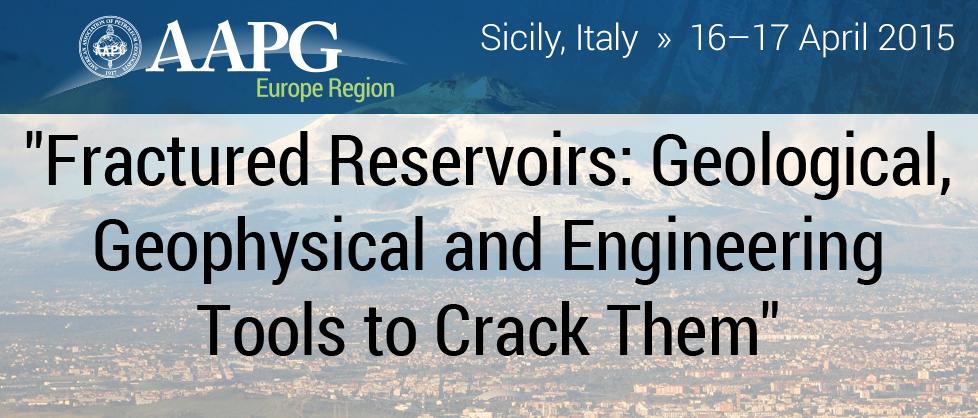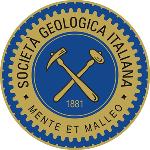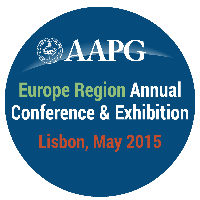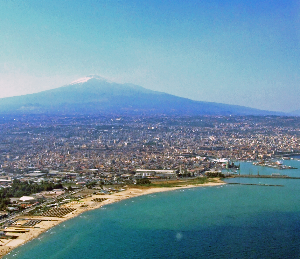About Sicily
Sicily is the largest region of the Modern state of Italy. It has a long history dating back to ancient times. Throughout its history, due to its strategic crossroads of the Western world, Sicily has been controlled by; Greek, Roman, Norman, Spanish, Islamic, Byzantine and even British powers, before finally becoming a republic and an autonomous region of Italy in 1946.
Nowhere else has so many cultures left such an indelible impression on a region’s culture and architecture, leaving an unparalleled historical legacy.
Sicily is the largest region of the Modern state of Italy. It has a long history dating back to ancient times. Throughout its history, due to its strategic crossroads of the Western world, Sicily has been controlled by; Greek, Roman, Norman, Spanish, Islamic, Byzantine and even British powers, before finally becoming a republic and an autonomous region of Italy in 1946. Nowhere else has so many cultures left such an indelible impression on a region’s culture and architecture, leaving an unparalleled historical legacy.
The economy of Sicily is relatively strong due to its incredibly fertile volcanic soil, forming a “latifundium economy”. Agriculture is the primary industry on the island, with its main produce being citrons, oranges, olives (and olive oil), almonds, grapes, and wine. In rural areas, large estates were used for crop cultivation and animal husbandry from the 14th century until World War II. In more recent years, along with agriculture and it’s other industries, Sicily has established a great tourist industry, attracting visitors worldwide because of its climate, history, culture, cuisine, and of course, Mount Etna.
Whilst Sicily’s central location and vast amount of natural resources ensured that it was considered a crucial strategic location and important trade route for the Mediterranean, its fortunes have often waxed and waned depending on events out of its control. The island has been at the heart of great civilisations, whilst at other times it has been nothing more than a colonial backwater.
Sicily is the largest island in the Mediterranean and along with the surrounding smaller islands is politically considered a large autonomous region of Italy, known as the Regione Siciliana.
Sicily extends from the tip of the Apennine peninsular, separated only narrowly by the Strait of Messina, towards the North African coast. The Strait of Messina is one of the most seismically active areas in the Mediterranean, and because of this, has formed Sicily’s most prominent feature: Mount Etna. Mount Etna is the tallest active volcano in Europe, as well as being the second most active in the world.
It is located at the junction of three fault zones and to the side of the South Tyrrhenian Sea subduction zone. It is associated with the subduction of the African plate under the Eurasian plate and is thought to be part of the Calabrian volcanic arc. However, Mount Etna has confused scientists for years as it sits alone on the East Coast of Sicily and erupts lava that has a chemically different make up to that of volcanoes formed due to the Earth’s tectonic plates. Many different theories have been proposed to explain Etna’s location and eruptive history, including rifting processes, a hot spot, and intersection of structural breaks in the crust- all of which are still being debated as to which best fits the data.






